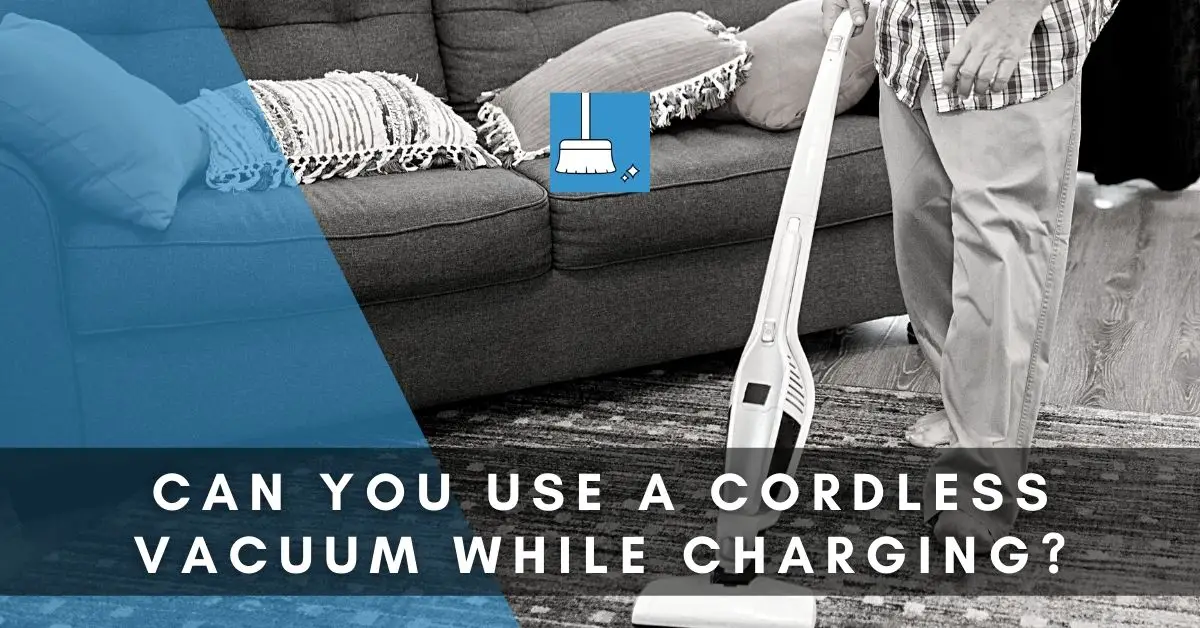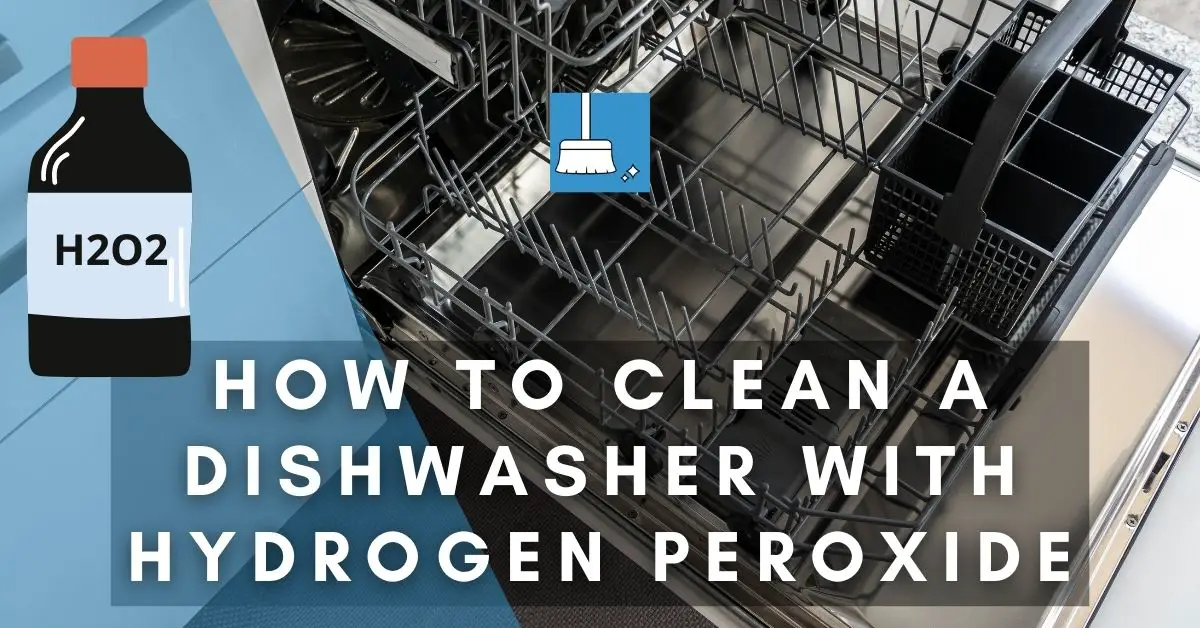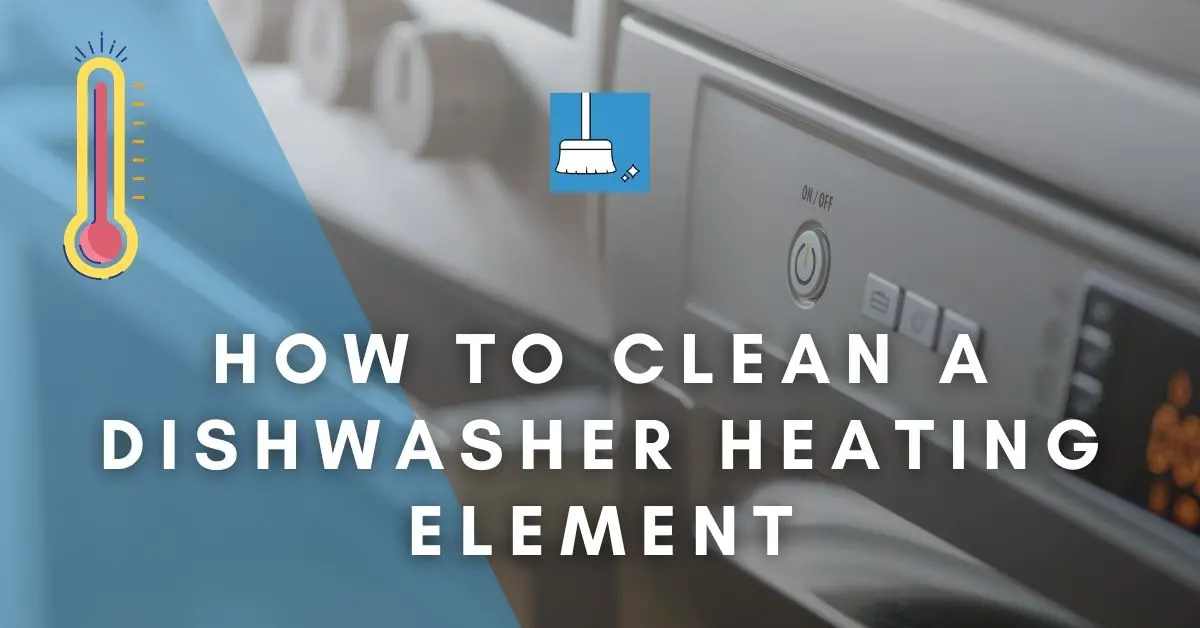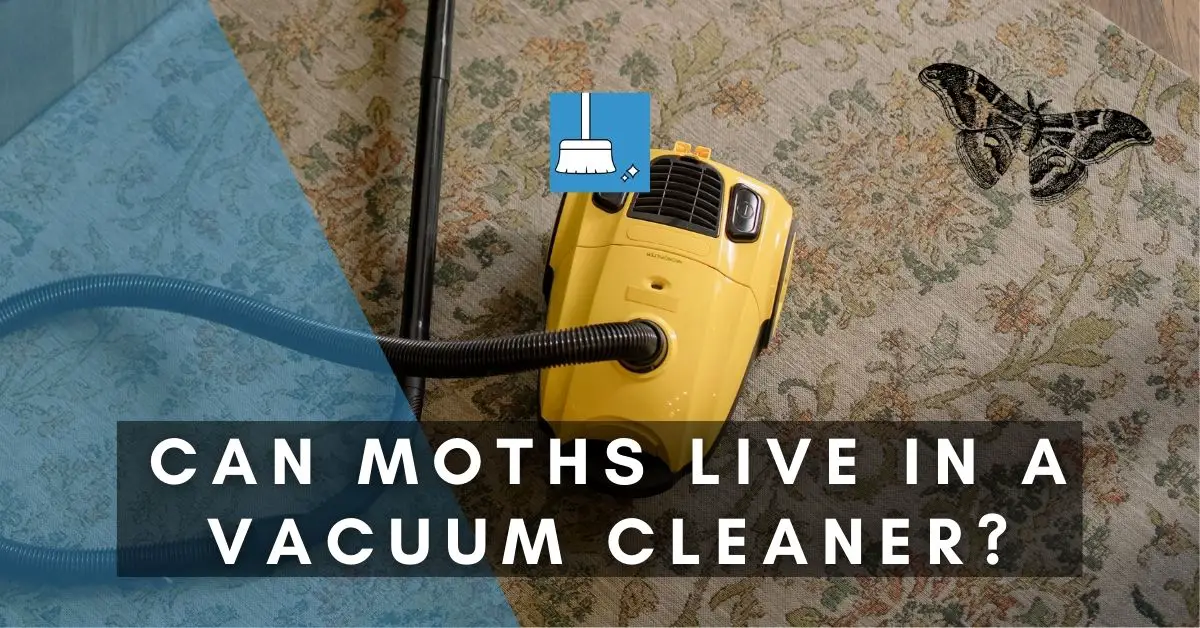Cordless vacuums are fast gaining popularity because they are versatile and can be used anytime and anywhere, even away from a power supply (as long as they’re charged).
But can they be used as corded? Can you use them while they are charging? We’ll be answering these questions carefully and in detail, so you can know how best to use your cordless vacuum and how your decision can affect your battery.
Your cordless vacuum’s battery determines how much you’ll enjoy your vacuum so we’ll be answering other related questions about your cordless vacuum and its battery life as well.
Can You Use a Cordless Vacuum While Charging?
You cannot use a Cordless Vacuum while charging. Cordless vacuums, unlike corded vacuums, aren’t built to work that way. Most models are usually mounted onto their docks for charging anyway, which would make vacuuming while charging impossible.
The normal practice is to plug the vacuum in for hours and charge it till it’s full before using.
We know that these vacs also come with small cords that you can charge them with, in case you don’t want to install a dock, but these cords are usually short. Not enough for you to plug your vacuum and use it around the house.
However, even if the cords were long enough, vacuuming while charging would damage your vacuum battery.
1- The power storage would be greatly affected and it would start malfunctioning.
2- The battery life will reduce and a battery that is supposed to last you 3 years may not last 2 years. So you will have to change the battery more often.
3- The vacuum may not even be able to charge up fast enough once you start vacuuming and power is flowing through.
4- The vacuum battery will also overheat if you vacuum while charging, and this can be dangerous. Over time, your battery will also not be able to hold a charge any longer and you won’t be able to use your vacuum as a cordless anymore.
Ensuring You Have A Fully Charged Vacuum (Always!)
1- Leaving Your cordless Vacuum on the charge all the time
If you’re wondering whether your cordless vacuum can be left on charge when you’re away or playing with your kids or doing more productive things than cleaning, take a sigh of relief because you CAN.
Most cordless vacuums can be left on charge all the time without negative effects, especially if they are fitted with lithium-ion batteries.
This ensures that your cordless vacuum is always ready to power on and work. It will stop receiving a charge once it is full, so it won’t overheat or overcharge.
You can also charge it till it is full and then unplug it until you are ready to vacuum. It all depends on your choice and the time that you have on your hands.
2- Get Two Batteries (One for Backup)
Having two batteries on hand is advisable as this will enable you to charge one while you’re using the other. This way you will always have a charged-up vacuum, ready to be used when you need it.
Understanding the Time a Cordless Vacuum Takes to Charge
The time it will take for the vacuum to charge depends on the brand you are using. A cordless vacuum can take between 2 hours to 6 hours to fully charge and the run time is usually shorter than the charge time.
That’s why many prefer corded vacuums. Because with those you won’t be limited in the amount of time you can run your vacuum.
For example, a shark vacuum takes about 3 hours to fully charge after buying it, and about an hour or more to recharge when it’s low. But if it is empty, it needs about 3 hours to fully charge.
Whereas the run time is between 15 to 20 minutes. So you spend more time charging than using it. That’s why it’s better to get a cordless vacuum with two batteries.
Dyson cordless vacuums like v8 and v10 have a run time of about 40 minutes but take about 4 to 5 hours to recharge.
The Bosch Athlet ProAnimal charges for about 6 hours with a run time of about 1 hour.
The more time it takes to charge your cordless vacuum, the more run time it usually has. So consider this factor when checking features of cordless vacuums when shopping for one.
Making Sure That Your Cordless Vacuum Batteries Last Longer
There are different vacuum brands and models and they are all fitted with different batteries. So there is no “one size fits all” recipe for making the batteries last longer. However, you should get at least 4 years of use from your vacuum battery before it starts showing signs of needing a replacement.
Are You Making These 5 Mistakes? (Avoid Them!)
Apart from the brand and model, the way your battery is used can determine its life span. So you could be using the same vacuum with someone and their battery will last longer than yours. This usually happens if:
1- You use your cordless vacuum’s max mode all the time. This will reduce your battery’s run time in no time and will reduce its life span.
2- You use your cordless vacuum to clean surfaces it’s not meant for. Like vacuuming a high pile carpet. This requires a lot of suction and power which could exert your vacuum.
3- You run it empty all the time. Letting your cordless vacuum discharge and then recharging will make it lose capacity if you do it every time you use it, especially if you are using a Li-ion battery.
4- You keep the vacuum exposed to direct sunlight or where there is constant heat. This will sap its power and make it lose capacity fast.
5- You don’t empty the bin when it’s full. Vacuuming when your cordless vacuum has a full bin, dirty bin or a dirty filter reduces its run time. And if you keep doing this, the battery life will be affected and you won’t get more than that run time even after you have emptied the bin and cleaned the vacuum.
Final Thoughts!
Cordless vacuums are great and can be taken anywhere to use as long as they are fully charged, unlike corded vacuums that need to be plugged in for running.
Cordless vacuums aren’t meant to be used while they are charging so don’t do it. This will damage your vacuum battery, deplete its power and reduce its run time. Your vacuum battery could also lose the ability to hold a charge.
Follow other tips in the article to make the battery last longer.






Pingback: Can I Leave My Dyson On Charge All The Time? (Explained!) »